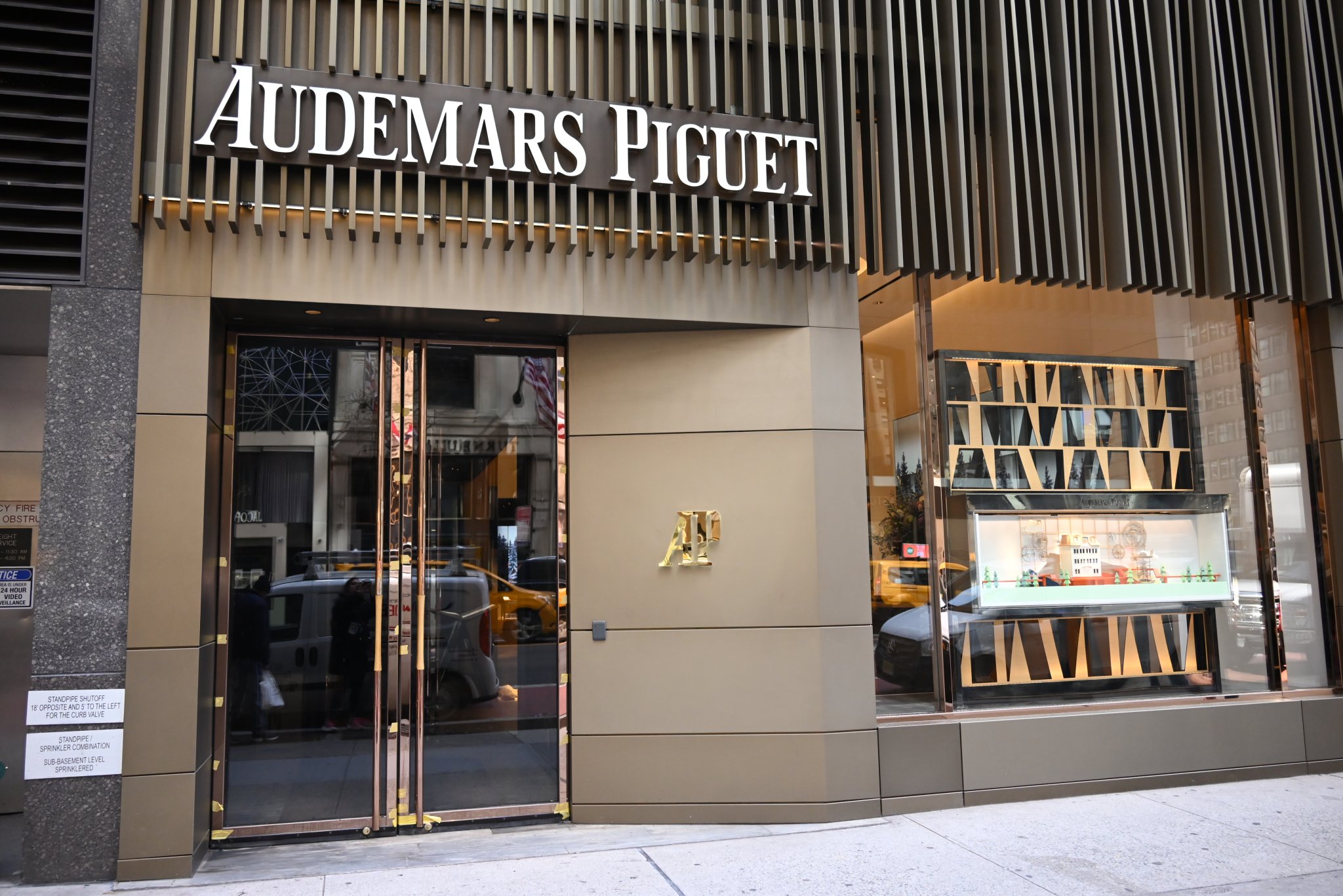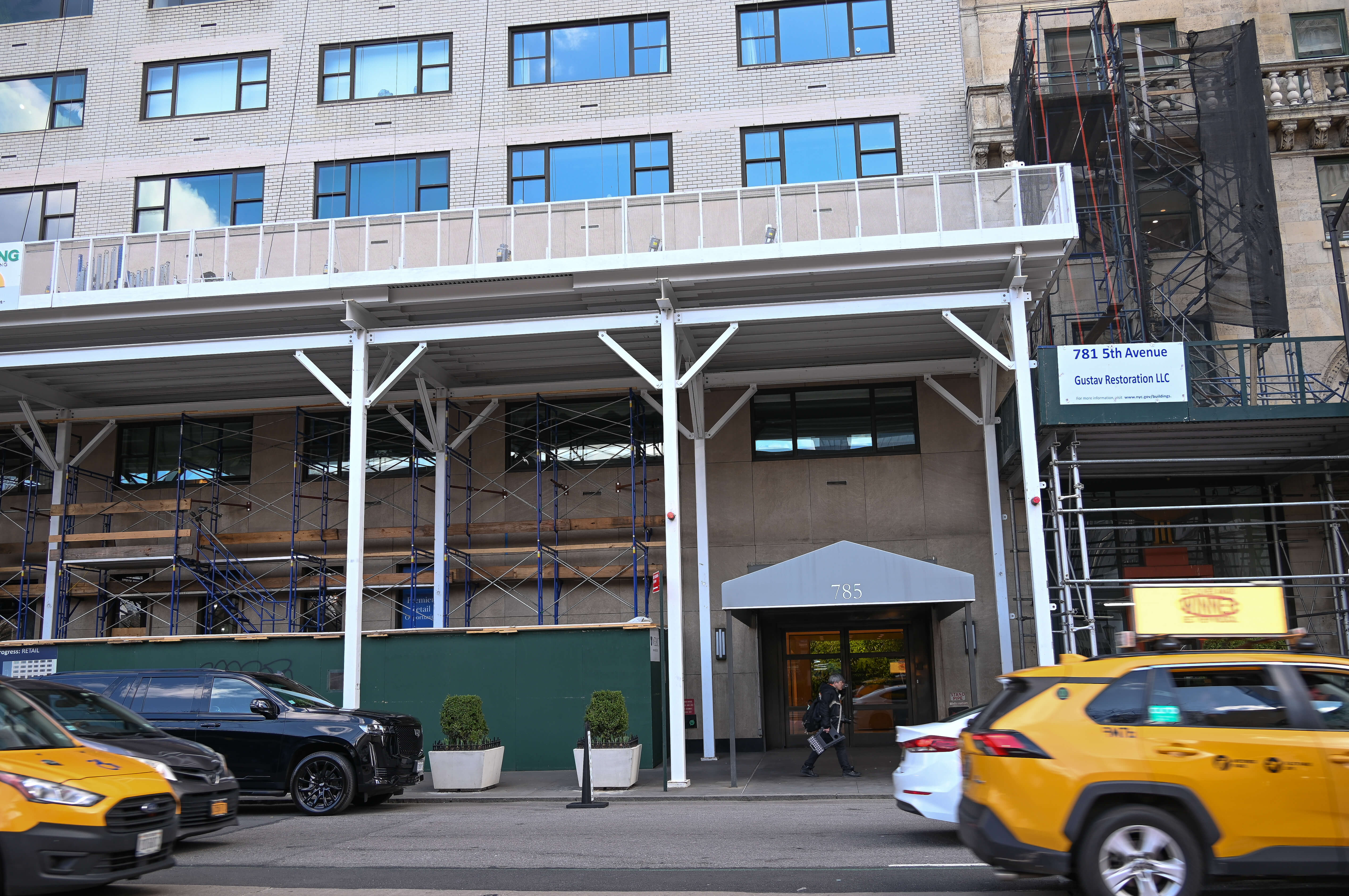Celebrating 150 Years: Watchmaker Audemars Piguet Moves to Fifth Ave.

Luxury watchmaker Audemars Piguet specializes in time, but there is no time like the present for the company. The Swiss watchmaker is celebrating 150 years of watchmaking as it prepares to build a Fifth Avenue boutique showcasing the work of one of the world’s best luxury watches.
The company has been in business for nearly 5 billion minutes, but who’s counting? Another key number is that they make 40,000 watches a year.
Recent developments also involve plans to move from their 57th Street location to a new, upscale retail space in New York. This transition includes another desirable address, Fifth Avenue, and is expected to draw attention alongside new releases.
A spokesman for Audemars Piguet stated that they would not comment on the deal until it was more developed and they were “ready to communicate.”
The company already holds an essential place in watchmaking history, also known as horology. Jules Louis Audemars and Edward Auguste Piguet launched a business together in 1875, taking on the name Audemars Piguet & Cie in 1881.
The partners brought expertise to some of the world’s most famous companies. Audemars created watch movements for manufacturers such as Tiffany & Co. before joining forces with Piguet, who also focused on watch movements.
Their new Manhattan flagship, which could take several months to open, will be a 12,000-square-foot space at 785 Fifth Ave., also known as Parc Cinq (with a nod to the French word for “five”) near 60th Street.
That will replace their East 57th Street pied-à-terre, which has played a significant role in the identity of the high-end watchmaker in New York City, along with a location on Gansevoort Street, further downtown.

The building that will be their new home includes David Geffen. It is located in an area that is a kind of luxury residence and retail row, a block from Christian Dior and Apple stores.
Built as a cooperative in 1963 by architect Emory Roth, the 17-story building has around 60 units clad in limestone, many with views of Central Park.
Located near The Sherry-Netherland and The Pierre, neighbors also include Cipriani, The Metropolitan Club, and Bergdorf Goodman.
The asking rent for the former Citibank space was $4.8 million. The Landmarks Preservation Commission needed to approve various changes. Newmark facilitated the lease that required approval from the cooperative building’s board, which granted its blessing to the latest tenant, according to The New York Post.
A family-run business, Audemars Piguet, led by CEO Ilaria Resta, is still based in Le Brassus, a small Swiss village that the company likes to say “went on to do rather big things.”
Located in the Vallée de Joux, which is known as the cradle of Haute Horlogerie (high-end watchmaking), the company says the passion and savoir-faire have been “passed down from generation to generation.”
In addition to an exhibit at the Musée Atelier Audemars Piguet, in its hometown, the company is planning events and releasing “exceptional timepieces” to celebrate a century and a half of watchmaking.
The company describes its story as that of “a family taking our sweet time when the world said otherwise,” combining focus, craft, and dreams as they “seek beyond the ordinary” while the beat goes on in its original village.
Audemars Piguet has made significant innovations, securing an important place in the history of horology and continuing to hold relevance today in watchmaking.
It developed the Royal Oak wristwatch in 1972, which made waves and attracted attention with its mix of industrial design and innovation. Along the way, it has had its share of other historic moments.
They created the first minute-repeating movement in 1892, in which sounds indicate the number of minutes since the last quarter-hour.
The company, which is famous for design as well as precision, developed the first skeleton watch in 1934. It also developed particularly thin watches as tributes to both technology and style.
In the early 2000s, the company developed the first watch with a carbon case and movement, the Royal Oak Carbon Concept.
In 2015, they introduced the first “mechanical chronograph” featuring independent memory and three wheels, called the Royal Oak Concept Laptimer Michael Schumacher.
Their current collection includes watches designed to mix high technology with high fashion, with an attitude that seems to proclaim that the best may yet come.



